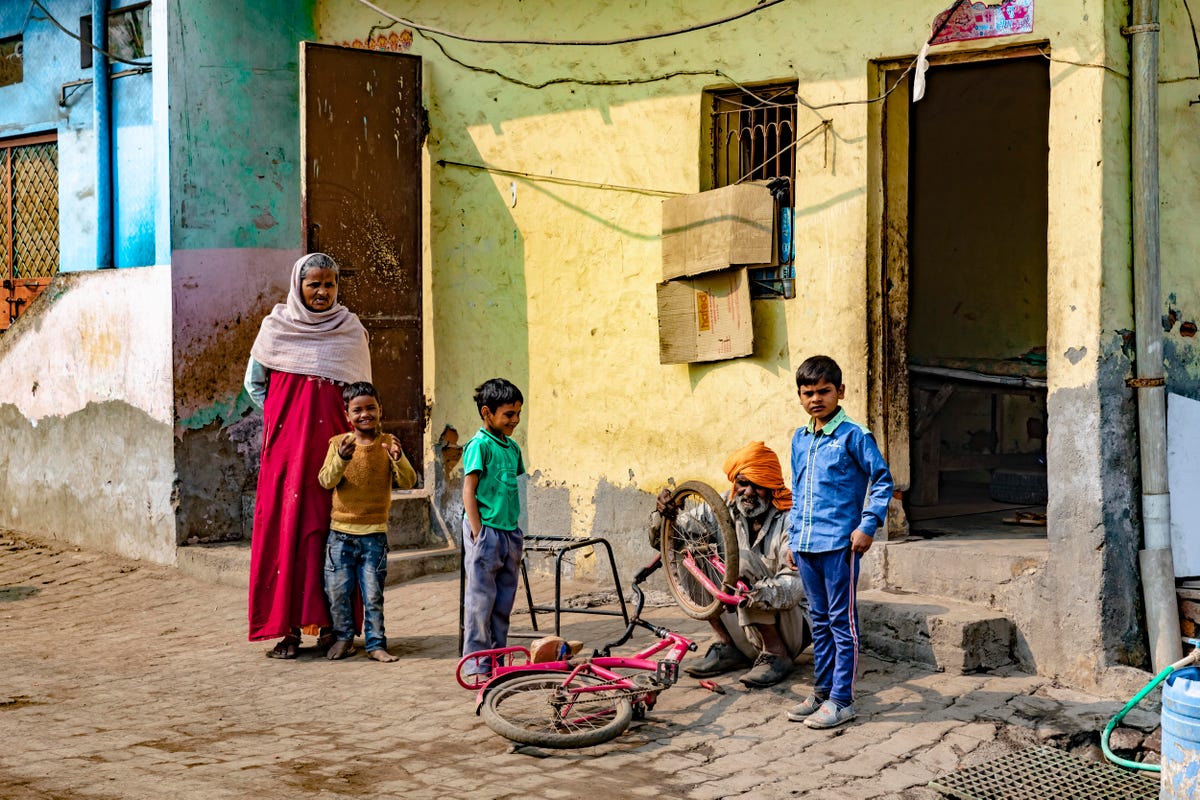India's sanitation is broken, but there's a plan to clean it up
Garv Toilets is seeking to improve public bathrooms in India, delivering a basic need to millions of people.

India has the unfortunate title of being the open defecation capital of the world.
About 344 million people there don't have regular access to toilets, according to the World Health Organization and UNICEF. That's roughly one out of every four Indians.
Thanks to a massive government effort called the Swacch Bharat, or Clean India, mission, the numbers are better than they once were -- as high as 764 million in 2000. But poor sanitation and the diseases that stem from it are an ongoing problem.
Raw sewage, ripe with viruses and bacteria, can transmit a long list of diseases. Flying insects and contaminated water supplies can spread diarrhea, cholera, and dysentery.
Poor hygiene practices, like not washing hands after using the bathroom, are common in poor and rural Indian communities, making these areas especially vulnerable to diseases, including the coronavirus.
"We don't use the public toilet at all as they are far away and very dirty," says Maya, a 16-year-old girl sitting in a nomadic Banjara tent camp. "My dadaji [grandfather] also uses the open field. For our bath too, we do so by tying a cloth around and using a bucket of water in the open field."
It's evident that without proper attention and maintenance, toilets are at risk of being worse for community health than having nothing at all.
Looking at the available facilities here, Mayank Midha, CEO of Garv Toilets said: "It's pretty disgusting. Most of the times you see there's no lighting, no ventilation, the toilets get vandalized. There's shit all over, it's clogged."
Inside one of Garv's Toilets' facilities, which strives for a cleaner, safer experience and improved access to a healthier life for millions of people throughout India.
Garv recently celebrated its 1,000th installation, providing toilet access to community areas, schools and government buildings.
But there's still enormous work to do to improve sanitation in India. Here at the front of the slum in Faridabad there's an aquamarine-tinted drainage ditch filled with sewage and trash.
Many of the existing toilet facilities suffer from extreme neglect. Residents often forgo the disgusting mess and hop over a short brick wall to defecate in a vacant lot nearby instead of using a toilet.
In a narrow alley in Faridabad, a woman and her baby look out of a doorway.
Many people, even in urban areas, find themselves in precarious living situations, lacking basic resources like clean water, toilets or even roofs over their heads.
As we arrived at the slum, we quickly drew a crowd. Kids gathered around us, one rolling a metal hoop along the path with a stick.
Resources for some of the residents of these communities are extremely limited. Though we're on the outskirts of Delhi, India's sprawling capital, there is a sense of alienation and desperation.
Clean water, clean bathrooms and basic sanitation are lacking for millions of people across the country.
Some of the local boys at the entrance to the slum in Faridibad.
We strolled through the narrow alleys of the slum neighborhood with Midha. People peeked from doorways, and kids followed us through the streets. Channels of dirty water flowed along the curbside in a shallow channel that doubles as the sewer drainage system.
Invited into a home, we found a tiny, dark, concrete room with a few dishes and a chair, but not much else.
Upstairs we see a basic in-home toilet, though even these are rare in many rural and poor neighborhoods.
Watching from his front step, a man came out to greet us.
A local shop at the entrance of a New Delhi slum, where cramped quarters offer limited resources to the struggling community.
An employee works on steel toilet construction at Garv's facility.
One of the Garv Toilets' community installations in the town of Khair.

